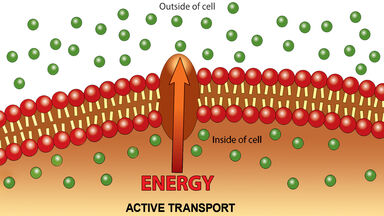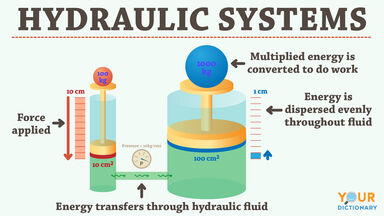There must, then, be a relation between the rate of change of the concentration and the osmotic pressure gradient, and thus we may consider the osmotic pressure gradient as a force driving the solute through a viscous medium.
Hence the space variation of the pressure in any direction, or the pressure-gradient, is the resolved force per unit volume in that direction.
The resultant force is therefore in the direction of the steepest pressure-gradient, and this is normal to the surface of equal pressure; for equilibrium to exist in a fluid the lines of force must therefore be capable of being cut orthogonally by a system of surfaces, which will be surfaces of equal pressure.
As a rule these equations are established immediately by determining the component acceleration of the fluid particle which is passing through (x, y, z) at the instant t of time considered, and saying that the reversed acceleration or kinetic reaction, combined with the impressed force per unit of mass and pressure-gradient, will according to d'Alembert's principle form a system in equilibrium.
Since some ions are more mobile than others, a separation will ensue when water is placed in contact with a solution, the faster moving ion penetrating quicker into the water under the driving force of the osmotic pressure gradient.





